switch features
Er zijn allelei soorten switches.
We hebben relatief goedkoop materiaal : tp-link, dlink, netgear, linksys ..
Maar ook duurdere bakken: HP-procurve, Juniper en Cisco.
En dan is er ook nog OPENvSwitch ...
Het verschil in prijs tussen gelijkvormige apparaten kan enorm zijn.
Sommige van de onderstaande features trekken de prijzen op.
https://lifehacker.com/how-to-pick-the-right-network-switch-1828694436
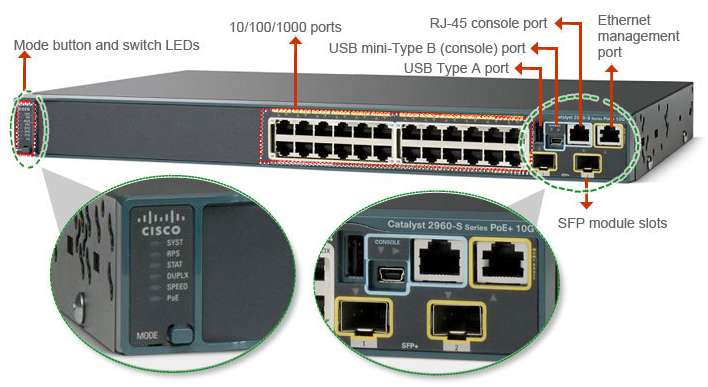
- Backplane
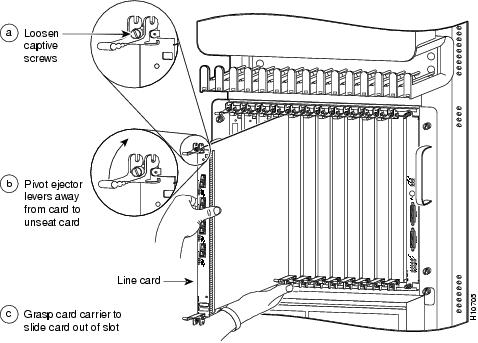
Mostly on a blade switch, backplane capacity is similar to bus speed in a computer. It defines the bandwidth of the module-to-module interconnect in large multi-module switches. All ports on one backplane connection can never have more bandwidth than the backplane itself. In small switches there is only one backplane connection. If an 8-port gigabit switch has a backplane of 4Gbit, All ports togethere will never exceed that backplane speed.
- Managed/Unmanaged
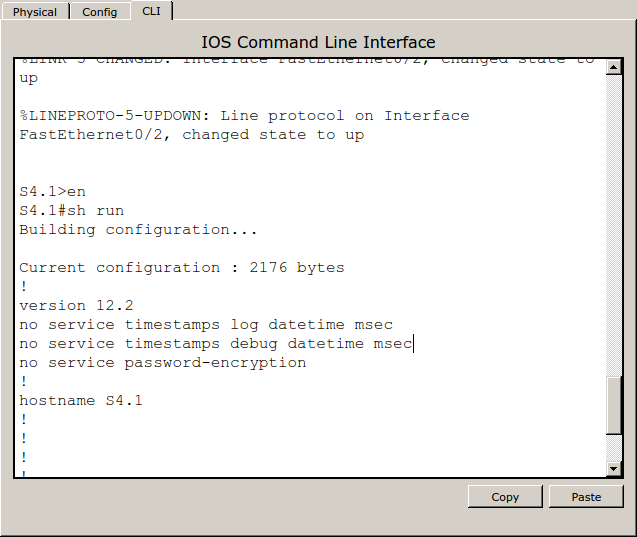
De mogelijkheid om de switch en VLANs of andere specialiteiten te configureren via een web-interface of een command line interface.
- Special (speedy) ports
Op sommige switches zijn er een paar snellere poorten voorzien (vb.: 10Gbit poorten op een 24 ports 1 Gbit switch. Deze snelle poorten kunnen worden gebruikt voor connectie met een server of een andere switch.
- GBIC ports
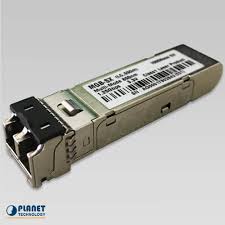
A gigabit interface converter (GBIC) is a standard for transceivers, commonly used with Gigabit Ethernet and fibre channel in the 2000s. [citation needed] By offering a standard, hot swappable electrical interface, one gigabit port can support a wide range of physical media, from copper to long-wave single-mode optical fiber, at lengths of hundreds of kilometers.
-
SFP-ports
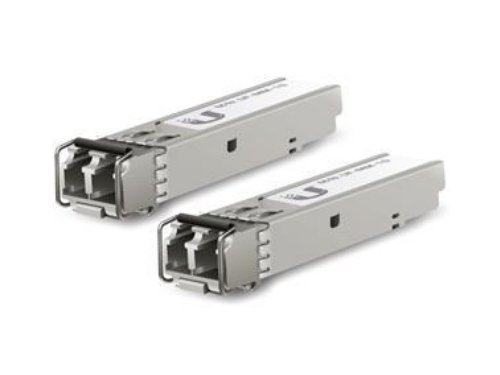
(Small Form-factor Pluggable) A small transceiver that plugs into the SFP port of a network switch and connects to Fibre Channel and Gigabit Ethernet (GbE) optical fiber cables at the other end. Superseding the GBIC transceiver, SFP modules are also called "mini-GBIC" due to their smaller size.
- Power over Ethernet
https://en.wikipedia.org/wiki/Power_over_Ethernet
Power over Ethernet or PoE describes any of several standard or ad-hoc systems which pass electric power along with data on twisted pair Ethernet cabling. This allows a single cable to provide both data connection and electric power to devices such as wireless access points, IP cameras, and VoIP phones.
- Spanning Tree Protocol
https://en.wikipedia.org/wiki/Spanning_Tree_Protocol
The Spanning Tree Protocol (STP) is a network protocol that builds a loop-free logical topology for Ethernet networks. The basic function of STP is to prevent bridge loops and the broadcast radiation that results from them. Spanning tree also allows a network design to include backup links to provide fault tolerance if an active link fails.
- VLAN
https://en.wikipedia.org/wiki/Virtual_LAN
A virtual LAN (VLAN) is any broadcast domain that is partitioned and isolated in a computer network at the data link layer (OSI layer 2).[1][2] LAN is the abbreviation for local area network and in this context virtual refers to a physical object recreated and altered by additional logic. VLANs work by applying tags to network frames and handling these tags in networking systems – creating the appearance and functionality of network traffic that is physically on a single network but acts as if it is split between separate networks. In this way, VLANs can keep network applications separate despite being connected to the same physical network, and without requiring multiple sets of cabling and networking devices to be deployed.
- Etherchannel
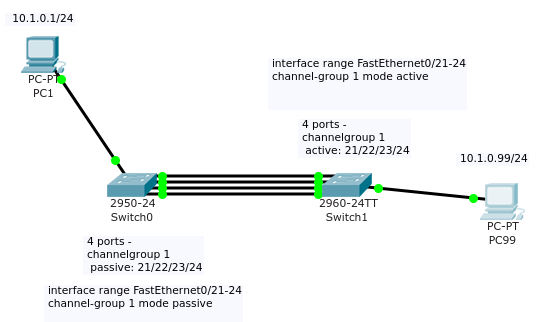
EtherChannel is a port link aggregation technology or port-channel architecture used primarily on Cisco switches. It allows grouping of several physical Ethernet links to create one logical Ethernet link for the purpose of providing fault-tolerance and high-speed links between switches, routers and servers.
-
Store and Forward vs Cut-Through
http://www.ciscopress.com/articles/article.asp?p=357103&seqNum=4
Store-and-forward switches store the entire frame in internal memory and check the frame for errors before forwarding the frame to its destination.
https://en.wikipedia.org/wiki/Cut-through_switching
In computer networking, cut-through switching, also called cut-through forwarding is a method for packet switching systems, wherein the switch starts forwarding a frame (or packet) before the whole frame has been received, normally as soon as the destination address is processed. - Stackable ...
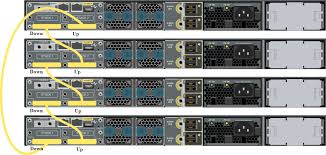
https://en.wikipedia.org/wiki/Stackable_switch
A stackable switch is a network switch that is fully functional operating standalone but which can also be set up to operate together with one or more other network switches, with this group of switches showing the characteristics of a single switch but having the port capacity of the sum of the combined switches.